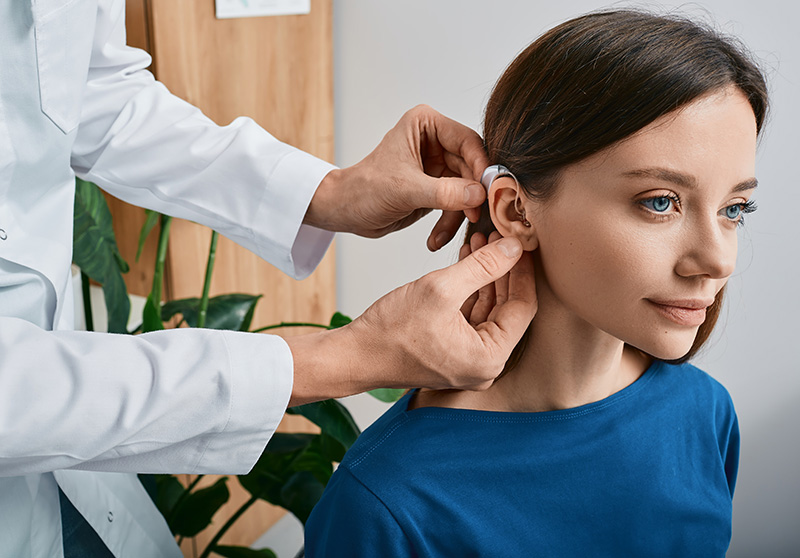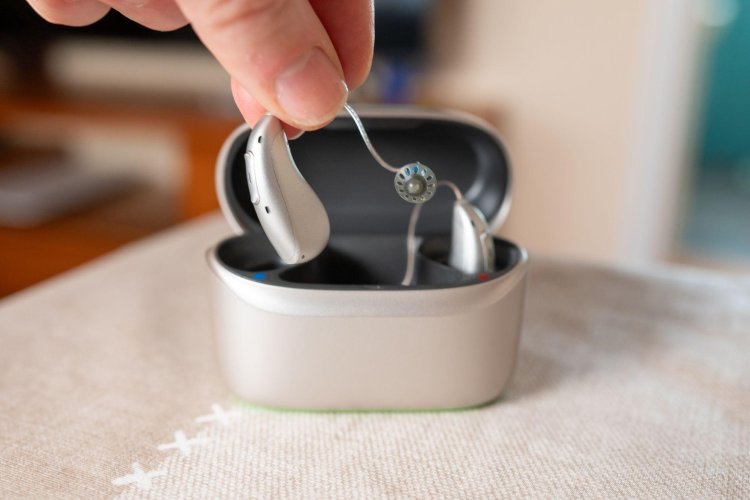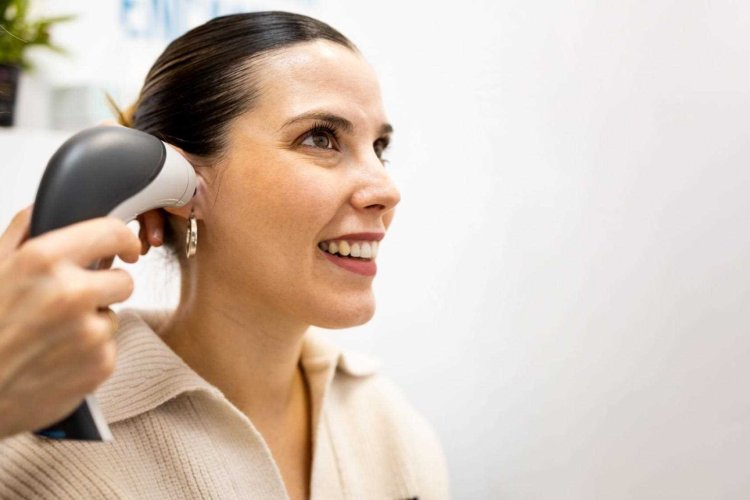Roughly 48 million people in the United States have some degree of hearing loss. While the range of hearing impairment can vary greatly, it's sometimes severe enough to significantly impact one's daily life. For more than 2 million individuals in the U.S., hearing loss is considered severe or profound. If you're living with profound hearing loss, here's what you need to know about it and how hearing aids can help.
Severe vs. Profound Hearing Loss
The World Health Organization (WHO) defines "severe" hearing loss as the minimum sounds you can hear between 60 and 80 decibels. Hearing impairment is considered "profound" if the minimum level of sounds you can hear is around 80 decibels or higher. For comparison, mild hearing loss means you can only hear clearly with sounds or noises at a minimum of 30 decibels.
Signs and Causes
According to WebMD, a characteristic sign of profound hearing loss is only being able to understand someone speaking to you if they talk loudly. You would be able to hear higher decibel sounds from a greater distance, like an ambulance reacting to an urgent situation. Unlike other types of hearing impairment, profound hearing loss is usually caused by a birth defect. It's common for affected individuals to learn to communicate and understand with sign language and lip reading.
Hearing Aids Often Help
It's often possible to manage profound hearing loss with hearing aids. The devices intended for this purpose are referred to as "power" or "superpower" hearing aids. These devices are so-named because they have a larger capacity and more room for internal components, which is why they're typically bigger than standard hearing aids. Because of the added capabilities of these hearing aids, sounds are amplified in a way that improves the ability to hear and comprehend speech, pitches, tones, and various sounds.
Slimmer and More Versatile Hearing Aids Are Available
Technology advancements have reduced the size of hearing aids for wearers with profound hearing loss. Newer models can comfortably fit very young ears, often when affected individuals are still babies or infants. Some newer designs come with conveniently rechargeable batteries. Since there's still a need to house more components, the most common option with power or super power hearing aids is the behind-the-ear (BTE) design. These devices have an ear mold that fits snuggly in the ear. Typically, hearing aids are needed in both ears with profound hearing aids. Some hearing aid users with severe or profound hearing loss further benefit from assistive technology that includes:
- An additional microphone near sound sources.
- Automatic captioning to improve the ability to use wireless connections.
- Specially designed apps that make it easier to watch TV and get alerts about such things as doorbells and smoke detectors.
Call Us Today
The key to enjoying noticeable improvements in hearing capabilities with hearing aids for profound hearing loss is getting a good fit. At Beltone South, we will ensure your new hearing assistance devices are adequately programmed, so the amplification is at the right level. Regardless of your hearing impairment level, our hearing care professionals will help you find a solution suitable for your needs. Contact us today to set up an appointment.






